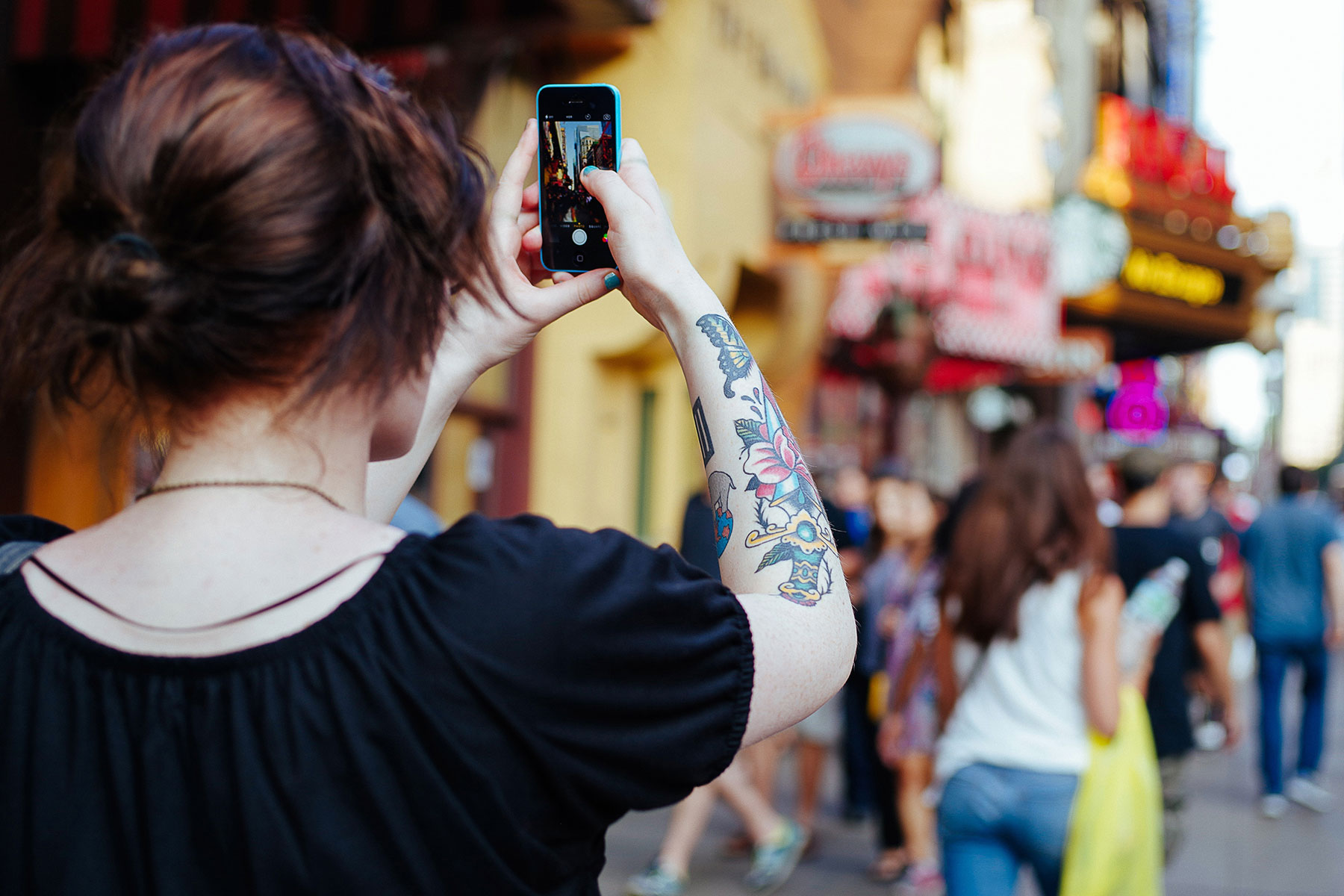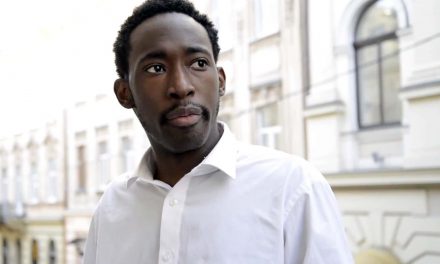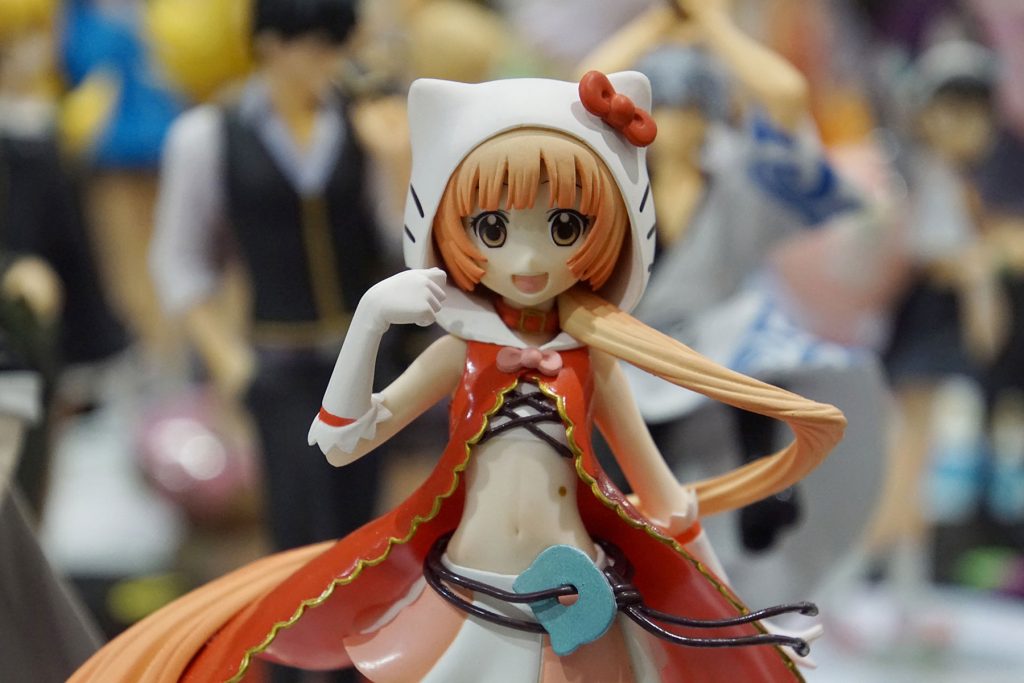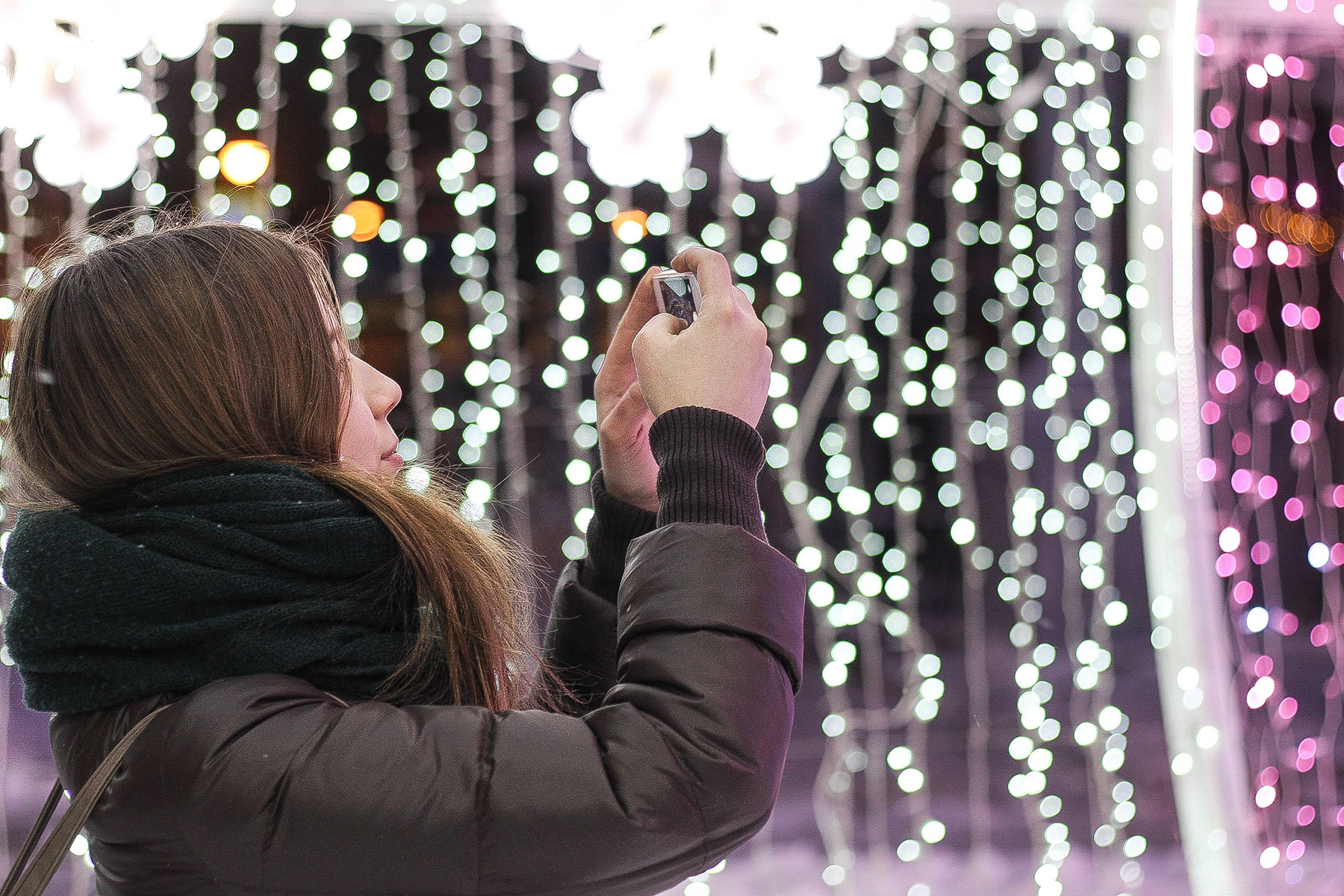
“How we see ourselves does not come from who we really are, but rather from how we believe others see us.” – Charles Horton Cooley
Remember the pre-iPhone 2000s when “selfies” did not exist? The newly-coined term has become a popular teen obsession that is time-consuming and may lead to mental health issues.
Psychologists have noticed a rise in narcissistic personality traits, insecurity, self-objectification, addiction, damaged friendships, body dysmorphic disorder, and depression that coincide with the increase of selfies. Selfies may seem innocent in moderation, but overindulgence may lead to social media narcissism and other mental health issues.
The word narcissism comes from a Greek fable about a handsome young man, named Narcissus, who fell in love with his own reflection in a pool of water. Narcissism is defined as a long-standing preoccupation with one’s self creating an overwhelming need for admiration.
Common characteristics of narcissists include extreme self-centeredness and a grandiose view of oneself, excessive need for admiration and attention, unreasonable expectations of favoritism, arrogant behaviors or attitudes, and fantasies revolving around personal success and attractiveness.
Narcissists will also lack empathy for others and have a strong desire to look down on others with scorn or find pleasure in depriving or hurting others. While narcissistic tendencies may seem apparent, narcissists are often difficult to identify.
The culture of selfies produces narcissistic behavior. The habit for taking selfies can create an increased preoccupation with “self” just like the man in the Greek fable who fell in love with his own reflection. Many studies suggest that social media encourages blatant self-promotion and creates an obsession with physical appearance.
Selfies are easy to take and even easier to share. 55% of Millennials have taken a selfie and shared it on social media, almost double that of the next closest generation. Teens that have social media accounts are more likely to share their selfies with their friends and followers.
Technological advances can be credited for the rise of the selfie culture. The first use of the hashtag “selfie” (#selfie) appeared on FIіckr in 2004, but the trend exploded when Apple released the iPhone 4 in 2010. The iPhone 4 was the first mainstream phone with a front-facing camera, making selfies extremely easy to do. Products like “the selfie stick” appeared on the market shortly after. By 2013, “selfie” was the word of the year.
Selfies helped image-based social media sites like Instagram and Snapchat become popular, which has more than 1,000 selfies posted every ten seconds. 74% of all images shared on Snapchat are selfies.
While the trends to post selfies may seem innocent, dangerous selfie trends are become popular. The United States Forest Service officials in Lake Tahoe have issued numerous warnings about taking selfies with wild bears.
Daredevils are also making headlines by climbing to the top of skyscrapers to take their selfies. Risky selfies have consequences and are taking their toll. More people have died from taking selfies than from shark attacks during 2015.
“Now that we can interact with thousands of people simultaneously, we’ve strengthened the impact that others have on our self-value.” – Dr. Robert Letamendi, MD
Selfie Obsession

The Selfie Syndrome
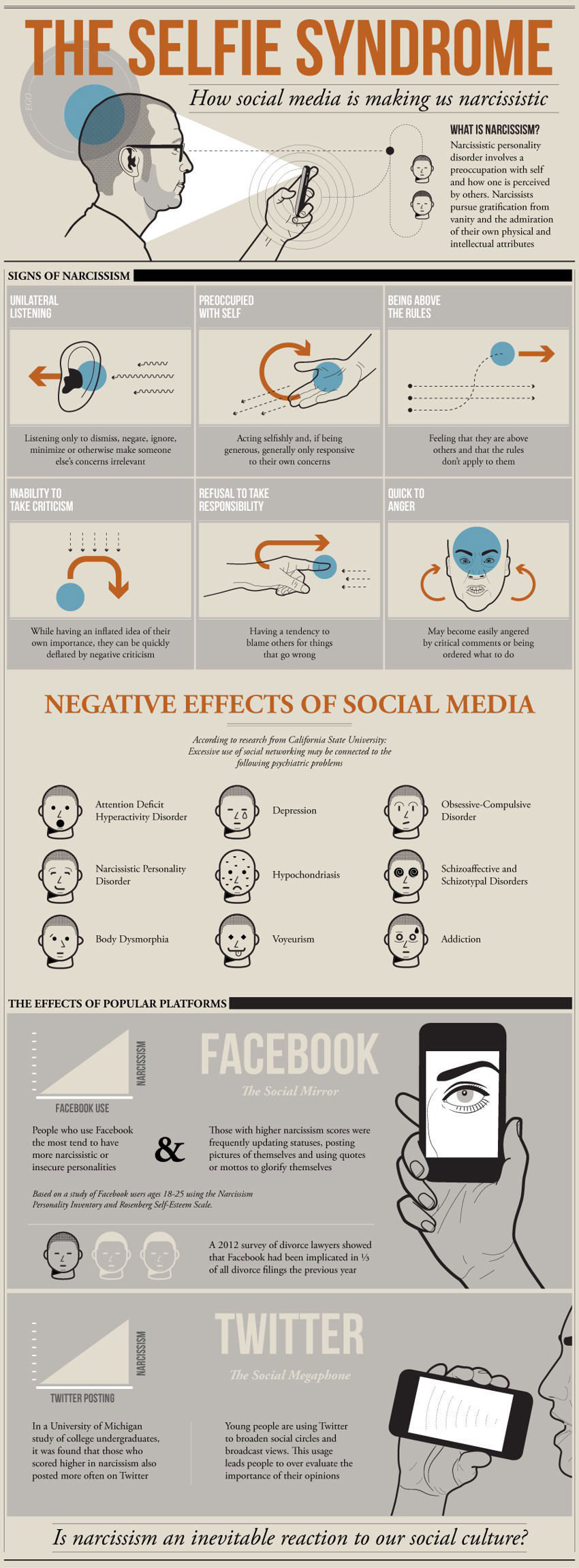
Raw Hide and Best Computer Science Schools
Segments of this content were previously published on rawhide.org and BestComputerScienceSchools.net

